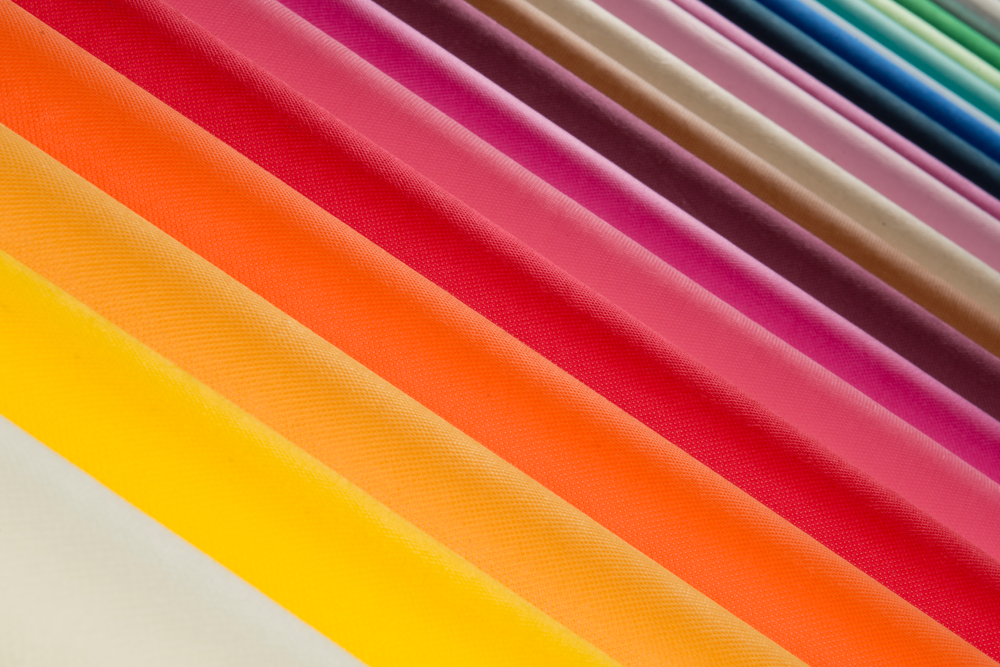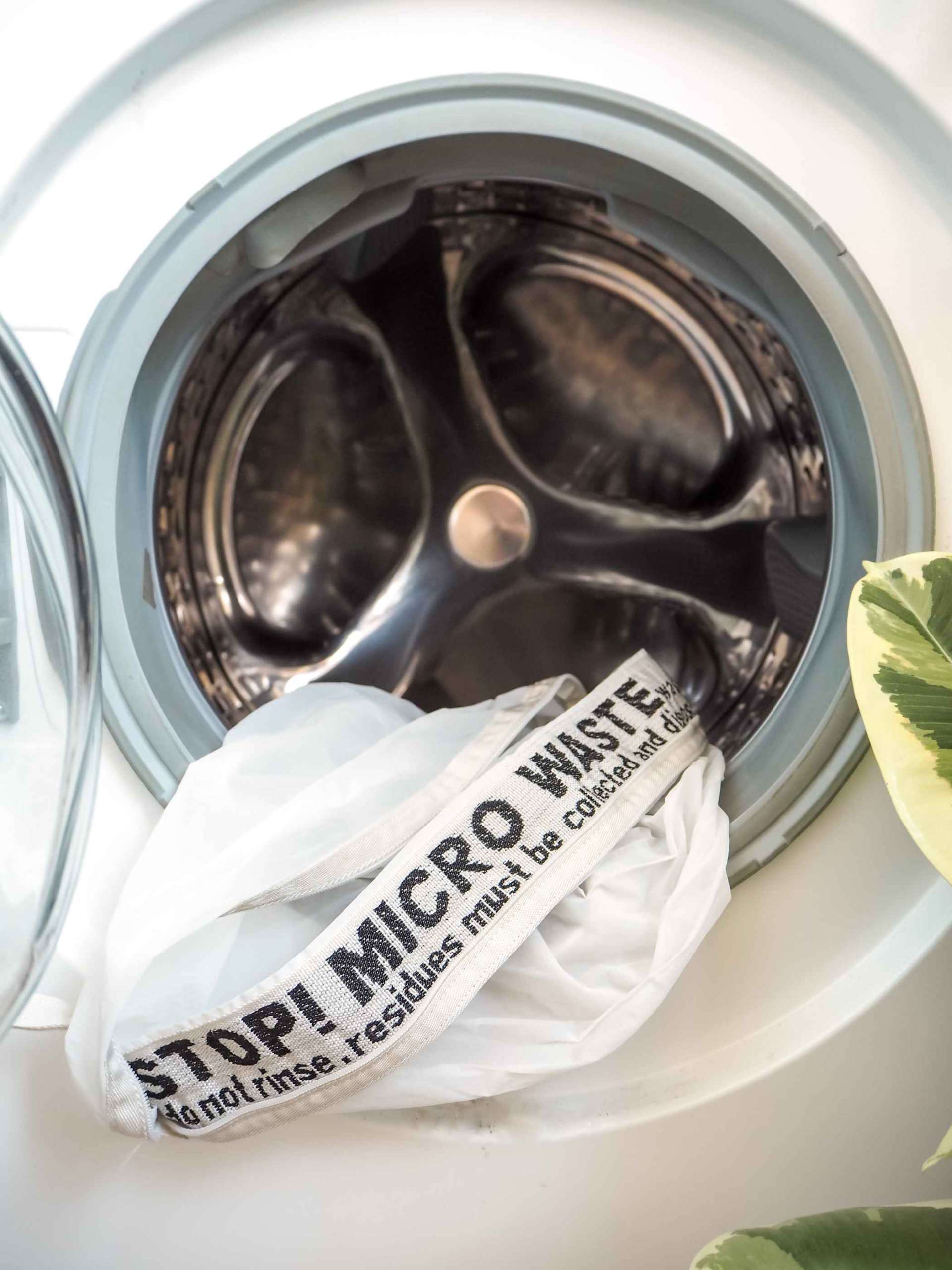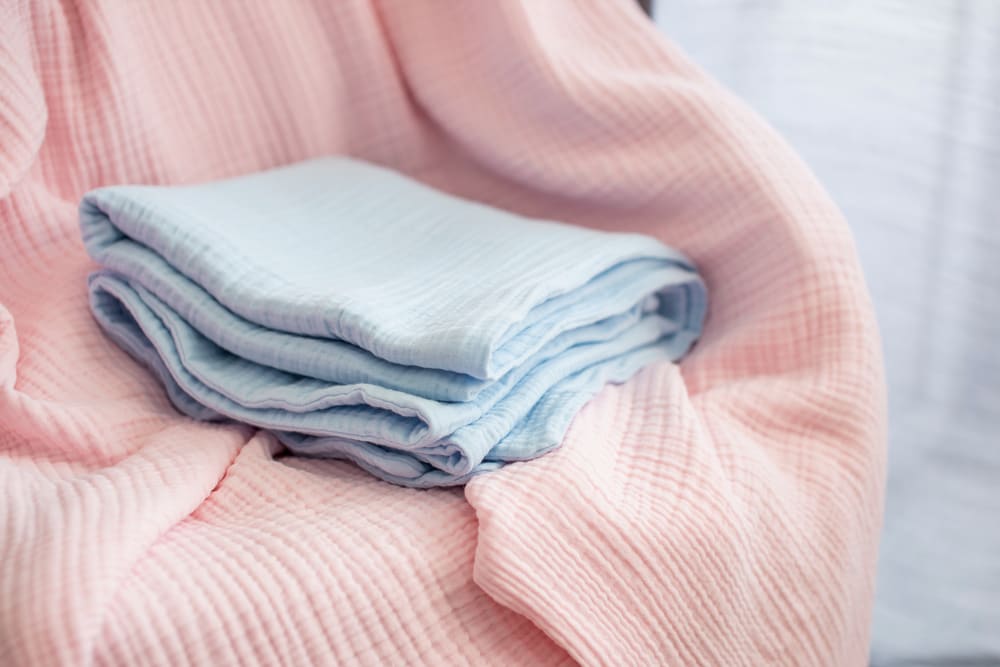E-Fabrics In The Making: Electronic Textiles That Can Also Be Washed



Electronic fabrics, or e-textiles, are fabrics that support components such as a battery and a light (as well as miniature computers and electronics) to be installed in them. "Smart textiles" are fabrics created using technological advances that provide value to the wearer. Depending on the fabric's purpose, sensors, batteries, LEDs, and hands-free computing devices may be embedded. An e-textile is typically made by incorporating conductive materials into the fabric, for weaving a silver thread into cotton.
E-Fabric properties:
- Adjustable
- There are no wires to tangle in the surroundings.
- Sensing surface with a large surface area
- No one can see it.
- Low-cost production
- Penetrability
- Endurance
- Thermal Tolerance
- Electrical impedance
Types of e-fabrics:
There are lots of different kinds of e-textiles that can be altered and adapted for a variety of applications.
- E-FABRIC EMBEDDED FORM
Electronic components are woven into the fabric of embedded e-textiles. A pair of gloves with conductive thread woven into the fabric for heating reasons is an example of an embedded e-textile.
Embedded e-textiles are more comfortable for everyday usage since they lack bulky sensors found in laminated e-textiles. The power and complexity of the electronic systems that can be embedded in e-textiles are restricted. This is expected to change in the near future as sensors and circuitry shrink and grow thinner.
- E-FABRICS WITH LAMINATION

Laminated e-textiles are bulkier, but embedded e-textiles are more visually pleasing.
Electronic components are not woven into the fabric of laminated e-textiles. Rather, circuitry and sensors are manufactured separately and then affixed to the cloth. A tank top for runners with sewn-in sensors monitor vitals throughout the activity is one example of a laminated e-textile.
Fabrication of Electronic Textiles

It is possible to conduct electricity by coating a thread with copper or silver. Alternatively, cotton or nylon fibers can also be spun with metal filaments to make them conductive.
Electronic textile inputs:
Environmental sensors, antennas, GPS receivers, sound sensors, cameras, and global positioning system receivers are common components used in wearable devices to capture information. Both active and passive sensors are used in wearable devices.
The user controls active inputs through tactile or auditory feedback, allowing for intuitive control of the garments. The passive input system uses a wireless transmission system to gather biometric information as well as environmental information.
Construction of electronic textiles:
Lily Pad Arduino
Fabric kit
Aniomagic
Flora
Silver, nickel, tin, copper, and aluminum form the base components of conductive fabrics and textiles such as electro-nylon, low-electronic-noise nylon, clear mesh, soft mesh, and steel cloth. This group of fabrics has remarkable electrical capabilities, with low surface resistance15, and can be used to construct flexible and soft electric circuits within clothing or other items, as well as pressure- and position-sensing devices. In computational clothes, these materials are light, flexible, resilient, soft, and can be washed (in some cases) as well as sewed like traditional textiles, making them a great substitute for wires.
In the same way that wires create conductive channels from one spot to another, threads and fibres serve the same purpose. Unlike wires, however, they are flexible and can be sewed, woven, or embroidered onto textile, allowing for the creation of soft circuitry. Conductive threads and yarns provide an alternate method of attaching electronics on soft and flexible fabrics while also allowing regular textile manufacturing techniques to be used to create computational clothes.
Traditional textiles are converted into electrically conductive fabrics using conductive coatings. The coatings can be applied to a variety of traditional fibers, yarns, and fabrics without affecting their flexibility, density, or handling.
Conductive ink is an ink that conducts electricity, opening up new possibilities for printing and designing circuits. This unique ink can be used on textiles and other surfaces. Conductive inks are made out of powdered metals like carbon, copper, or silver that are combined with regular inks.
Other materials are:
- Muscle wire (SMA) is a shape memory alloy.
- Material for piezoelectricity
- Materials containing chromium
- Dye and inks that are photo-chromic
- Inks made of thermochromic pigments
- The nanomaterials and microfibers
Advancement:
Organic fibre transistors: The first textile fibre transistor that is totally compatible with textile manufacture and does not contain any metals.
Solar cells made on organic materials mounted on fibres
E-TEXTILE PRODUCT EXAMPLES
Heated gloves composed of e-textiles are already widely available and reasonably priced. These gloves are made of conductive fibres woven into a cosy fabric. In severely cold situations, the conductive fibres can heat up and keep the wearer's hands warm, making them significantly more effective than ordinary gloves. Some heated clothing can even be controlled by a smartphone app, which allows users to turn on the heating function and modify the quantity of heat transferred.
Smartwatches on the International Space Station monitor astronauts' sleep patterns and heart rates. They also assist ground crew in determining astronauts' mental condition. Because there are no laundry facilities in space, astronauts typically dress in clothes.
Trash and body stink gather over time in small and overused locations like shuttles and stations. Although astronauts acclimate to the "smell of space" without difficulty, this offers a risk for detecting more potentially dangerous scents. As a result, NASA is working on a new form of smart textile: antimicrobials.
Non-athletes with cardiac issues are also using these e-textiles to monitor their vital signs.
Doctors can monitor vital signs using electrodes woven into the gown fabric in some institutions that use e-gowns. For patients undergoing cardiac rehabilitation, this data can be pooled over time to assess the efficacy of the rehabilitation approach.
Fabric wristbands with built-in blood oxygen monitors are now available. The sensors in these wristbands may transmit data to the user's smartphone.
GPS transmitters are capable of being integrated into e-textiles. These e-textiles can be used for a variety of purposes, but they are especially popular among parents who wish to keep a tight eye on their children. The GPS transmitters can convey the child's location to the parent's phone or computer in real time.
On the market, there are gaming vests that simulate fighting by pulsing against the player's body whenever they take a hit.
E-TEXTILES APPLICATIONS
E-textiles are already in use in a wide range of industries, and their use is only growing. E-textiles, for example, have been used in the defence industry for many years. American soldiers are often trained in warfare using sophisticated weapons that fire lasers and e-textiles that track strikes.
Washability of E-Textiles
No matter how many times it is washed, an e-textile will disintegrate. If you must wash an e-textile, it is recommended to do so on a delicate cycle.
The degradation of an e-textile should be measured by the change in conductivity and electrical resistance. A multimeter, which measures resistance in ohms, can be used to determine this. The only thing you need to know is that a higher reading indicates less conductivity. Depending on the use case, a decrease in conductivity may or may not have an effect on the function — this is where washability becomes particular to the use of e-textiles.
When we examine the washability of a textile material, we look at how well the specific value addition can tolerate washing. Wash fastness for dye, for example, is an evaluation of how fast the dye is to be washed; where the main value addition is the coloration that increases the beauty of the material.
The antimicrobial efficacy is evaluated based on how many washing cycles the antimicrobial effect lasts on the textile; where the key value addition is the antibacterial effect.
Here are a few common material combinations that can make up an e-textile, as well as how they might respond to 10 to 15 washes.
Conductive Ink Embedded in Polyester: Graphite or other metal nanoparticles are commonly used in conductive inks. When conductive ink is embedded directly into the substrate of a textile, it may tolerate many washes with little resistance change (up to 50 washes).
Conductive Elements Bonded to Cloth: A nice example of electronics bonded to the surface of fabric is liquid wire. Metal gel circuitry is created by Liquid Wire and is bonded to plastic and textile substrates.
At present, the market is filled with so many types of e-textiles. If you've read this far, you may already have some ideas about how to utilize this groundbreaking technology.
What do you think of e-textiles? What are your requirements? Our team at Fashinza can assist you. Fashinza can help you scale your business to the next level with the right deals and help you find the right manufacturers. Find out more by visiting our website!



















